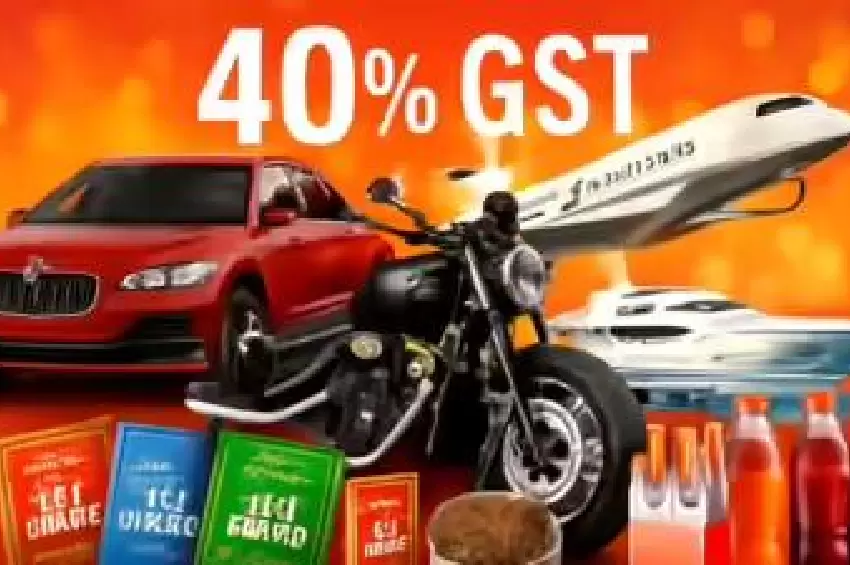UK-India Trade Agreement: A Closer Look at Who Really Benefits
The recent UK-India Comprehensive Economic and Trade Agreement (CETA) has sparked discussions on the real beneficiaries of the duty cuts on thousands of products. While consumers might expect lower prices, the reality is more complex.

Understanding the Cost Structure
Customs duty is just the beginning. Local levies like GST or excise add significantly to the final price. For example, a bottle of Johnnie Walker Black Label sees its price balloon from Rs 350 to over Rs 3,000 after all taxes and margins are added.
Who Stands to Gain?
Industry executives predict that companies, not consumers, will see the most benefit. With duty reductions staggered over 10 years, immediate price cuts are unlikely. Moreover, the lack of a mechanism to ensure full benefit pass-through to consumers means businesses may enjoy higher margins.
Future Implications
The deal could also influence manufacturing decisions, with some companies possibly opting to import finished goods rather than produce locally. This scenario is not limited to alcohol but extends to cosmetics and automobiles, where competition and other trade agreements will play a significant role in pricing.









Comments